Pollution Is Killing Black Americans. This Community Fought Back.
Share
Explore Our Galleries
Breaking News!
Today's news and culture by Black and other reporters in the Black and mainstream media.
Ways to Support ABHM?
African-Americans are 75 percent more likely than others to live near facilities that produce hazardous waste. Can a grass-roots environmental-justice movement make a difference?
By
Black communities like Grays Ferry shoulder a disproportionate burden of the nation’s pollution — from foul water in Flint, Mich., to dangerous chemicals that have poisoned a corridor of Louisiana known as Cancer Alley — which scientists and policymakers have known for decades. A 2017 report from the N.A.A.C.P. and the Clean Air Task Force provided more evidence. It showed that African-Americans are 75 percent more likely than other Americans to live in so-called fence-line communities, defined as areas situated near facilities that produce hazardous waste.
A study conducted by the Environmental Protection Agency’s National Center for Environmental Assessment and published in 2018 in the American Journal of Public Health examined facilities emitting air pollution along with the racial and economic profiles of surrounding communities. It found that Black Americans are subjected to higher levels of air pollution than white Americans — regardless of their income level. Black Americans are exposed to 1.5 times as much of the sooty pollution that comes from burning fossil fuels as the population at large. This dirty air is associated with lung disease, including asthma, as well as heart disease, premature death and now Covid-19.
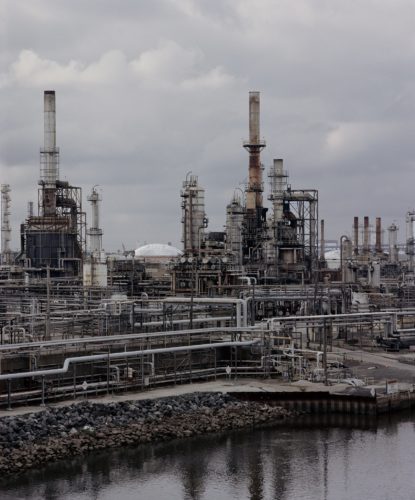
Philadelphia, which is 44 percent Black, received a warning from the American Lung Association in 2019: “If you live in Philadelphia County, the air you breathe may put your health at risk.” According to 2016 E.P.A. data, the refinery that looms over Grays Ferry was responsible for the bulk of toxic air emissions in the city. The E.P.A. found that the refinery had been out of compliance with the Clean Air Act nine of the past 12 quarters through 2019 with little recourse. From 2014 to 2019, P.E.S. was fined almost $650,000 for violating air, water and waste-disposal rules.
Though Black communities bear disproportionate hardships of the environmental crisis, they historically have been left out of the environmental movement. A 2018 survey conducted by Dorceta Taylor, a professor at the University of Michigan School for Environment and Sustainability, found that white people made up 85 percent of the staffs and 80 percent of the boards of 2,057 environmental nonprofits. Last year, a report released by Green 2.0, an independent advocacy campaign that examines the intersection of environmental issues and race, showed that people of color made up only 20 percent of the staffs of 40 environmental nongovernmental organizations. The face of the environmental movement is more likely to be someone like Greta Thunberg, the Swedish teenager who was Time magazine’s 2019 person of the year, than someone like Kilynn Johnson living environmental injustice on the ground. Protests and movement conferences are filled with a sea of mostly young white people and generally not Black people whose families have lived near polluting facilities for generations, their bodies ravaged by the effects of toxic emissions.
The urgency of this environmental crisis has been hastened by climate change and has now gathered speed and attention as a result of the coronavirus pandemic and the current racial-justice movement. The racial disparities that have exposed Black Americans to a disproportionate share of air pollution have risen to the surface to lethal effect during the current pandemic. A study of more than 3,000 U.S. counties released in April but not yet published shows a statistical connection between death rates from Covid-19 and long-term exposure to air pollution. The researchers, from the Harvard T.H. Chan School of Public Health, noted that even a small increase in particulate matter — tiny airborne particles emitted from power plants, industrial facilities and vehicles — corresponded to a significant increase in Covid-19 mortality. Each increased microgram of this kind of pollution per cubic meter of air is associated with an 8 percent increase in death from Covid-19…
Read full article here
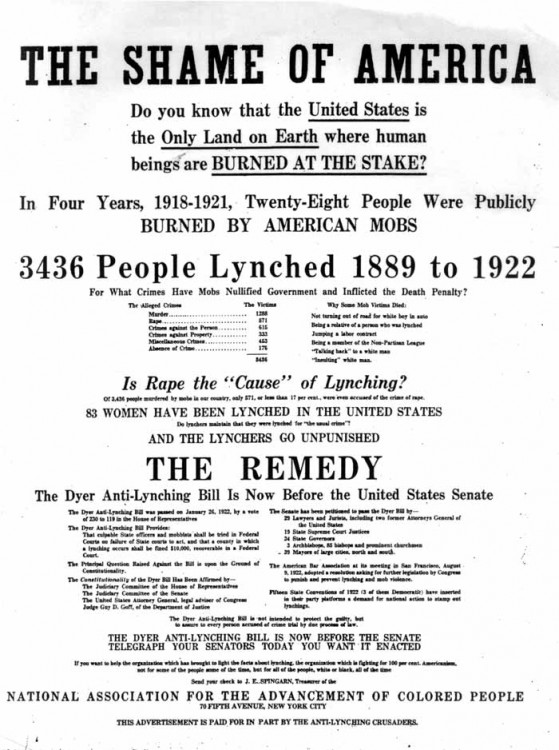
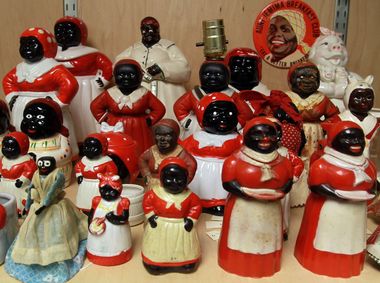


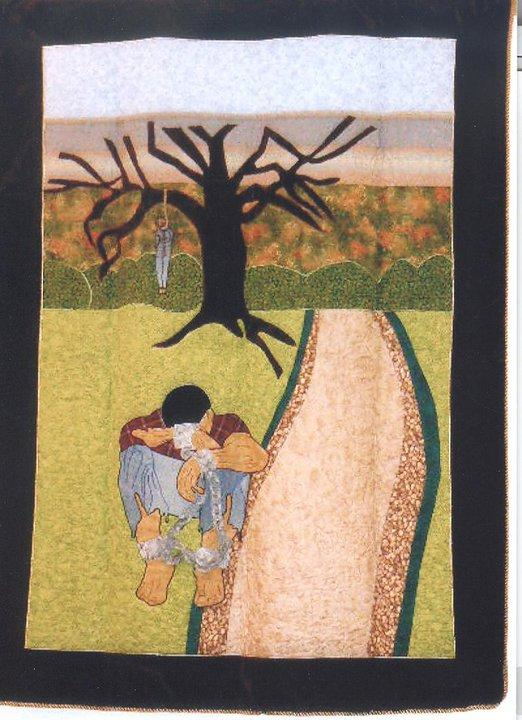

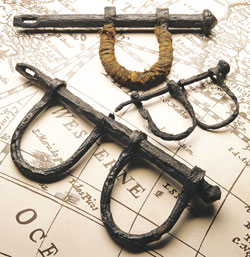



Comments Are Welcome
Note: We moderate submissions in order to create a space for meaningful dialogue, a space where museum visitors – adults and youth –– can exchange informed, thoughtful, and relevant comments that add value to our exhibits.
Racial slurs, personal attacks, obscenity, profanity, and SHOUTING do not meet the above standard. Such comments are posted in the exhibit Hateful Speech. Commercial promotions, impersonations, and incoherent comments likewise fail to meet our goals, so will not be posted. Submissions longer than 120 words will be shortened.
See our full Comments Policy here.